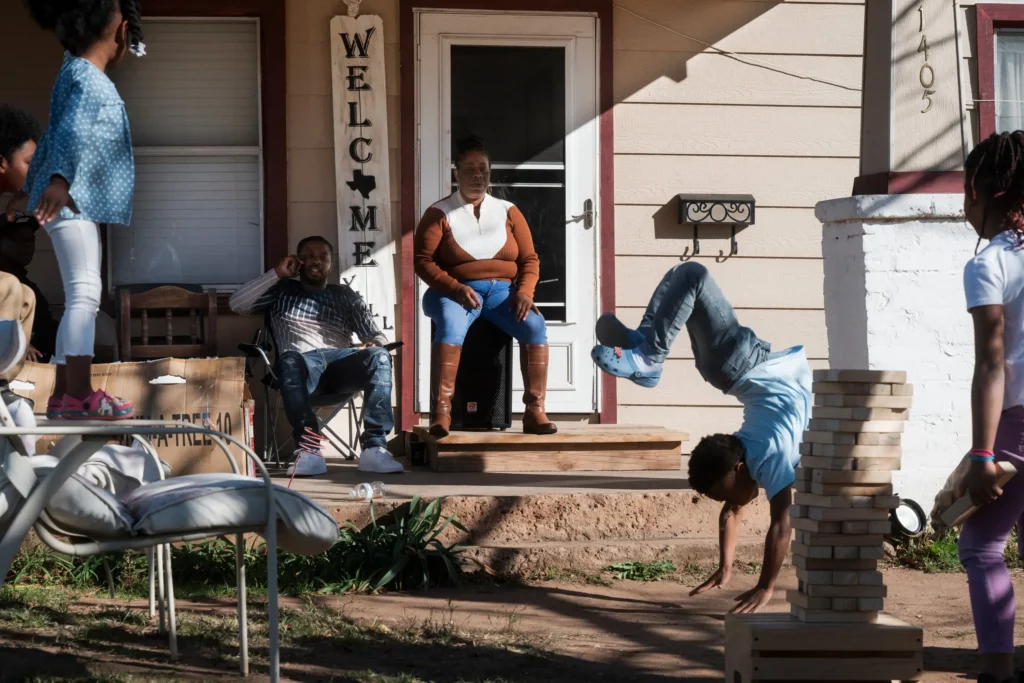
December 11, 2023
People are growing more skeptical about the value of getting a college degree. While more rural residents are graduating from high school, people in those communities remain less likely than their suburban and urban peers to continue their education.
A new five-part series from the Rural News Network published last week, made possible with support from Ascendium, explores how institutions and students are meeting their educational needs and the demands of today’s rural workforce.
Through on-the-ground reporting and national collaborators offering data and context, Rural Realities: Education, workforce and progress shows the decisions students face in many of these often-tiny communities are emblematic of larger trends.
In Southwest and Southside Virginia, Cardinal News focused on the “wraparound” services that institutions, particularly community college, struggle to offer young adults to get them enrolled and complete their programs. Free tuition, for example, doesn’t mean much if a student can’t get to campus, have reliable child care or even food to eat, reporter Lisa Rowan writes.
“We educate the learners that are the most challenged and therefore need more help accessing these resources. And yet we are funded 57 cents on the dollar for every dollar that goes to a four-year university,” said David Doré, chancellor of the Virginia Community College System. “An investment in our learners is an investment to get people into high-wage jobs that will stimulate the economy.”
In Oklahoma, education leaders see the need to increasingly invest and adapt to changing demographics. While many Latino and Hispanic communities have long been established, the populations are growing. KOSU reporter Anna Pope found institutions like Oklahoma Panhandle State University (OPSU) are providing more bilingual services as a result.
In nearby Vernon — a rural northwest Texas town on the Oklahoma border — The Texas Tribune’s Sneha Dey got to know two women who represent the kind of students that community colleges in Texas and across the country strain to keep. They each entered Vernon College young, wide-eyed and enticed by higher education’s promise to pave a path to a better life. But Nikki Murray and Krystal Fancher Smith grew and changed, their plans shifted with them and, for different reasons, the idea of college lost its luster.

Dee Hall, the co-founder and former managing editor of Wisconsin Watch who now is editor-in-chief at Floodlight, edited the series.
“While each reporting team took its own approach, certain common themes emerged,” she said. “Two-year and technical colleges are struggling to establish or regain relevance among the communities they seek to serve. And they face skepticism about their value. Increasingly, students and their families fear the high cost of college will not be worth the training and credentials they seek.”
“Through data analysis, local sourcing and time spent on these campuses, the journalists on Rural Realities really conveyed the nuance and complexities of higher education in rural America today,” said Alana Rocha, Rural News Network editor, who served as project manager. “As well-versed as they are in their communities, each had ‘aha’ moments; new details they intend to look into further for future coverage.”
Locals told Annelise Pierce, Shasta Scout founder and reporter, the northern California community presents a number of barriers to students post-secondary opportunities, including sociocultural resistance to university education.
That’s one reason many educators, including Jim Cloney, superintendent of the Shasta Union High School District, have decided to “honor all choices” in post-secondary achievement, including certificates, the military, two-year degrees and four-year degrees.
“All kids do need training and school beyond high school in today’s economy,” Cloney told Shasta Scout by phone. “But that doesn’t mean that all kids (need to) go to a four-year school.”
In one shrinking area of the Mississippi Delta, Mississippi Today reporter Molly Minta details the region’s striking history of enslavement — decisions that favored powerful, largely white land interests over education and jobs — that led Issaquena County to have one of the lowest rates of educational attainment in the United States.
That’s not because people from this county aren’t going to college. Many of their families want them to get a degree — and then leave, Minta writes.
“All my grandkids, they’re going to college,” said Norah Fuller, a Black farm manager, as he watched the football game that Friday night. “I’m going to make sure they’re going to college. Do we want the kids to stay? No. What they gonna stay here for?”
“What I found in Issaquena County could easily be the story of any number of counties in Mississippi and rural America,” Minta said. “I’m looking forward to learning more about what solutions if any state officials are exploring to increase the rate of educational attainment in places like Issaquena.”
Minta, and all of the reporters in the Rural Realities collaboration will continue following the changing workforce development landscape, with a new round of reporting set to publish in early 2024.
Back to top